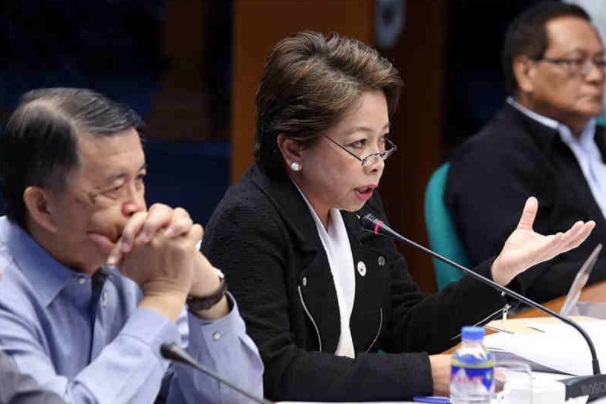
MANILA – Ride-sharing firm Grab Philippines expects between 20,000 and 24,000 drivers of Uber to transfer to its platform following the acquisition of its rival’s Southeast Asian operations.
Grab launched its activation center Tuesday for Uber drivers to migrate to their system as their operations conclude on April 8.
At the activation center in Quezon City, the Uber partners were oriented to Grab’s processes and were signed up at Grab’s app, which they can immediately use.
“We have set up an activation center for Uber drivers who want to migrate to Grab’s platform para mapagpatuloy ang TNVS (We have set up an activation center for Uber drivers who want to migrate to Grab’s platform so that they will be able to continue their transport network vehicle service (TNVS) business),” Grab Philippines Country Head Brian Cu told a press briefing on the onboarding of Uber drivers in Quezon City Wednesday.
“We will be doing this even after the Uber operations conclude on April 8,” Cu added.
Cu explained: “We will continue doing this all the way up to, even after the Uber app is turned off because I am not sure lahat ay makakapunta before April 8. Itutuloy po natin ito hanggang lahat ng bumabyahe sa Uber which is in the masterlist of LTFRB is activated on our platform.”
MONOPOLY FEARS EASED
The Land Transportation Franchising and Regulatory Board (LTFRB) had said that the apparent monopoly of grab will not last for long,
as the application for accreditation of three other transport network companies – Lag Go, Owto and Hype – are already under review.
The agency also assured the public that the merger of Grab and Uber will not leave passengers with much more expensive fares.
Atty. Aileen Lizada, LTFRB board member, said, “Grab, on its own, just like any other public utility vehicle, cannot increase its fare on its own. We also have monitoring. We know [what their] range is, and if there are complaints, we see them and we read them.”
For his part, Country Manager Cu also weighed in on why rates will not unduly spike: “with the increase in supply base under one app, one TNC, we see the allocation times get better. Because the density of cars across the map should get better. Meaning, it’s easier to allocate, and when it’s easier to allocate, the surge would not go up, would not be as frequent as it used to be.”
Grab will be coordinating with the Land Transportation Franchising and Regulatory Board (LTFRB) in processing Uber drivers that are registered in its database.
“The LTFRB has agreed to provide us the masterlist of Uber’s drivers. We will be working with LTFRB to ensure smooth transition,” Cu said.
He encouraged Uber drivers to register online for them to transfer to Grab. Their system seeks to gradually integrate 2,000 drivers into its platform.
Cu estimates that Grab will have a total of between 55,000 and 60,000 drivers once all Uber drivers are signed in to its platform.
The LTFRB said the 65,000 cap on the number of TNVS plying Metro Manila’s roads will remain
as the franchises that it will grant are not tied to any specific brand or group.
An Uber partner will be accepted to Grab’s platform as long as he or she is included in the masterlist as of July 2017.
Lizada pointed out that, “the franchise with LTFRB has no brand. It is neither Uber nor Grab. It is generic. So, whether you are Uber or Grab, it does not matter to us.”
COMPETITION COMMISH
Grab said it has already reached out to the Philippine Competition Commission (PCC), amid fears that Grab’s swallowing of Uber in the Philippines will breed a monopoly, and that talks will begin next week.
Grab expressed openness to a possible review of its merger with Uber. The company said that the merger will enable them to efficiently provide rides to their customers.
As for the three applicants Lag Go, Owto and Hype, Lizada said, “We are just waiting for their compliance as soon as they will be able to comply the Board will deliberate and come up with a decision,” Lizada added: “Any competition is good for the industry as this benefits the commuters.”
In February, the LTFRB issued a memorandum setting the common supply base for transportation network vehicle services (TNVS) units at 66,750.
There are 59,020 accredited TNVS units for both Uber and Grab whose Certificates of Public Convenience were not processed by the LTFRB due to the moratorium on applications last July 2017.









